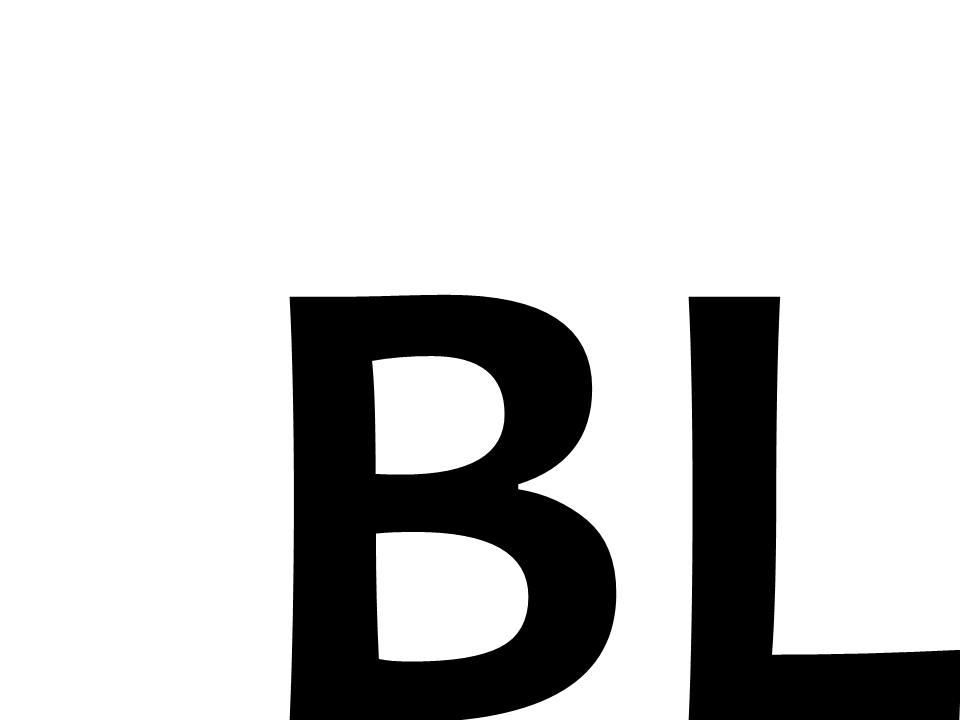A study released by OpenAI alongside researchers from Harvard University and the National Bureau of Economic Research (NBER) has offered the most comprehensive look yet at who is using ChatGPT and how. Based on an analysis of 1.5 million anonymised messages sent by consumer plan users from May 2024 through June 2025, the findings reveal that usage for everyday, personal tasks now markedly exceeds work related usage.
Non Work Usage Surges
One of the most striking findings is the shift toward non professional use of ChatGPT. In June 2024, approximately 53% of messages from consumer plan users were non work related. By June 2025, that had risen to more than 70% according to the study’s working paper.
Though work related messages also grew, their growth rate lagged behind that of non work messages. The study suggests that much of the shift comes from established user cohorts changing their behaviour, not merely from new users joining.
What Do Users Ask ChatGPT For?
The research broke down message content into categories. Nearly 80% of all interactions fell under three broad topics: Practical Guidance, Seeking Information, and Writing.
- Practical Guidance includes how to advice, tutoring, creative ideation, and similar tailored support.
- Seeking Information covers a broad range of queries such as looking up facts, recipes, product details or up to date news.
- Writing encompasses drafting or editing emails, communications, summary or translation of text. In work related usage, writing is by far the most common task.
Other use cases such as programming, self expression, or emotional reflection represented much smaller shares. For example, computer programming was about 4.2% of messages, and only 1.9% were about relationships or personal reflection.
More Universal Use
The study also shows that ChatGPT’s user base has broadened significantly:
- In gender representation, early on (around launch) users with “typically masculine” first names were about 80%. By July 2025, that share had dropped so that more than half of active users had “typically feminine” first names.
- In geography and income, adoption is growing fastest in low and middle income countries, with growth rates in the lowest income countries over four times those in the highest income countries.
- Regarding age and occupation, nearly half of all messages came from users aged 18 to 25. Older users tend to use ChatGPT more for work tasks than younger users. Users with higher education (bachelor’s degree or above) and those in highly paid professional or technical occupations are more likely to use ChatGPT for work related purposes.
What This Means
These trends have several implications for how we think about AI, productivity, and value:
- Welfare and personal value: The fact that non work usage is so large and growing so fast suggests that ChatGPT contributes to well being and daily life in ways not measured by conventional economic metrics. It may offer substantial consumer surplus outside productive labour.
- Design and focus: Developers might prioritise features that serve everyday users such as tutoring, personal planning, and creative assistance since these are where growth is happening.
- Policy and access: As adoption spreads more widely across gender, age, and poorer countries, issues around access, fairness, international regulation, and data privacy become more important.
- Work integration: While non work usage dominates, work related use is still meaningful and growing. Writing remains a key work task. Tools that improve writing help may therefore see particular demand.
What the Study Is and Is Not
It is important to note that:
- The study looks only at consumer plans. It does not include ChatGPT Enterprise, Business, or Education clients.
- Messages were categorised via automated classifiers rather than human reading. Privacy protections were carefully implemented.
- The data are not peer reviewed at the date of release, though the working paper is publicly available.
Conclusion
The first full scale internal study of ChatGPT consumer usage shows that people are using it more and more for everyday life rather than primarily for work. As demographics shift including more women, young people, and users in lower income countries, ChatGPT is becoming more universal. For OpenAI and competing AI platforms, the message is clear: real value lies in serving ordinary, non professional tasks just as much as in boosting workplace productivity.

